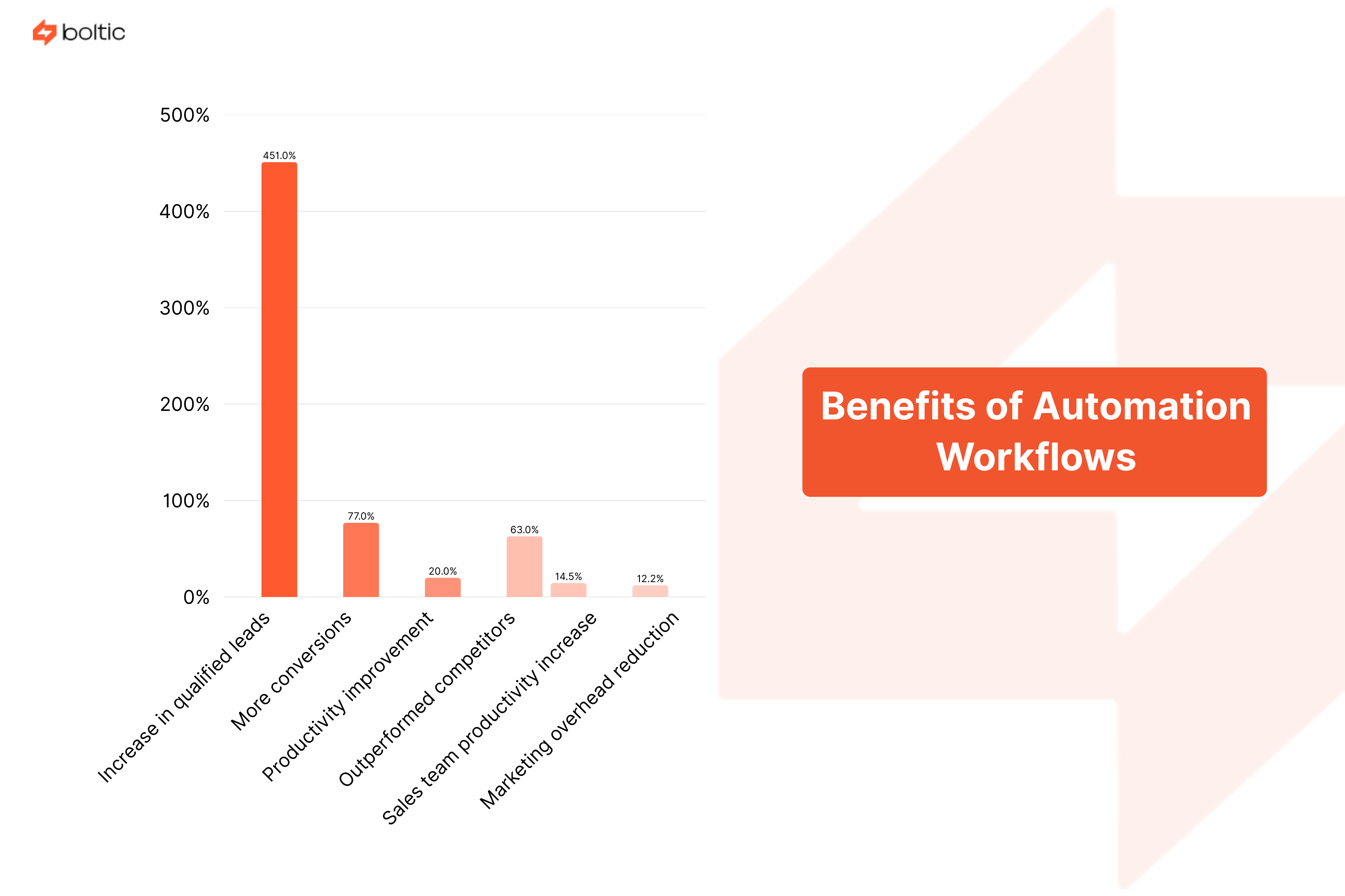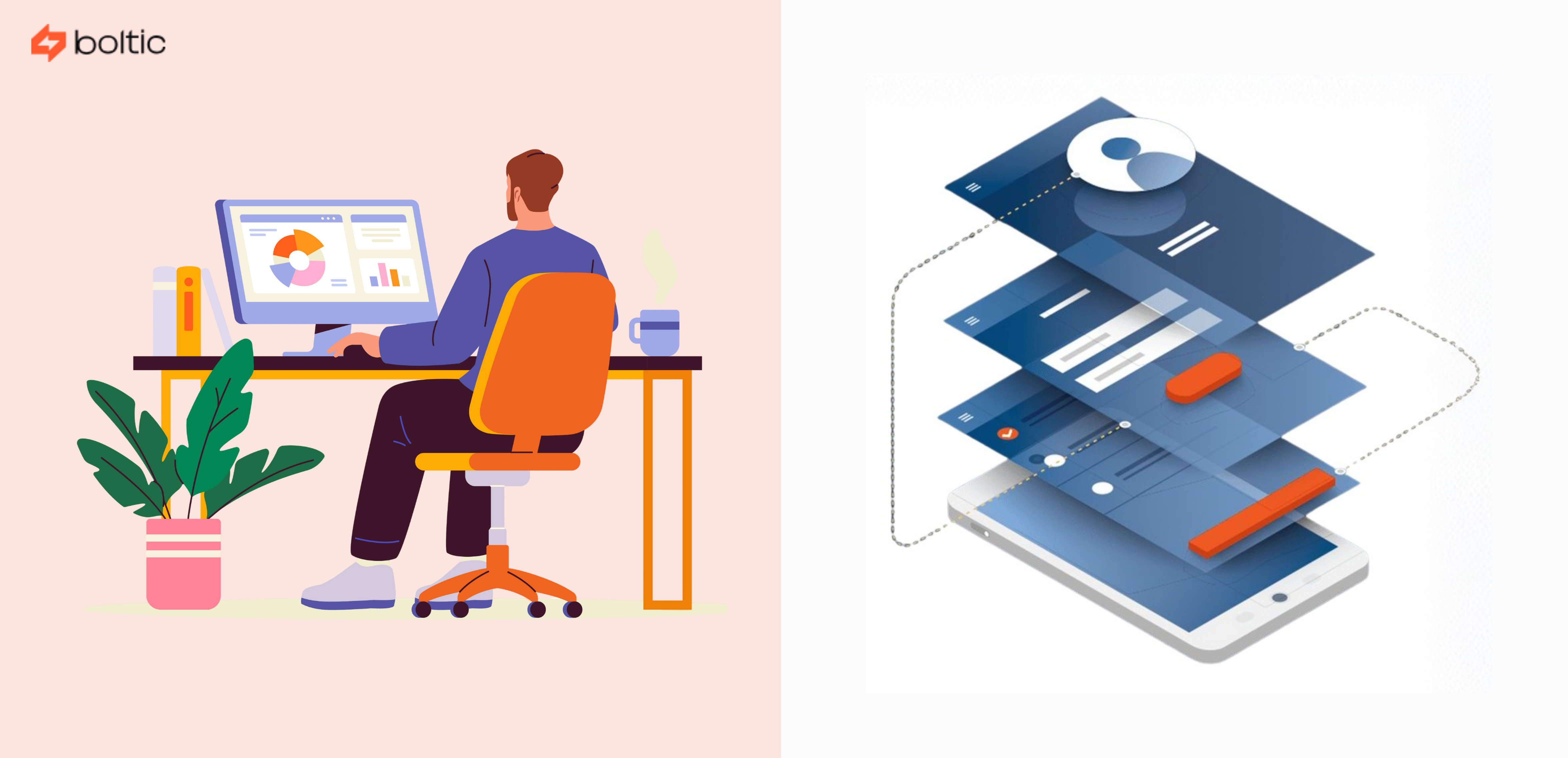Marketing Automation Workflow Best Practices for Scalable Growth
Consider a typical day in your life as a marketer or business leader. What percentage of your day is spent completing the time-consuming tasks such as sending emails, updating spreadsheets, reminding clients, or chasing leads? Now, imagine if your marketing software could manage all of this busy work, and you could focus on your organisation's vision, strategy, thinking creatively, and growing the business.
That’s the power of marketing automation workflows.
They don't replace your marketing team. Instead, they take care of the busywork so your people can focus on high-value work, such as building relationships, executing campaigns, and innovating.
In this article, we’ll walk through the best practices for building scalable marketing automation workflows. We will also explore why they are necessary and review real-life examples of marketing automation workflows that can be used and implemented right away.
Why Marketing Automation Workflows Matter?
Marketing automation software uses technology to streamline, organise, and monitor repetitive marketing activities. These activities-sending emails, nurturing leads, segmenting your customers, and follow-up emails share a common goal: delivering unforgettable personalisation experiences that your customers will remember.
And personalisation is no longer a "nice to have" anymore, but an element in your marketing. Personalisation drives revenue. Consider these stats:
- 80% of consumers are more likely to buy from a brand that offers personalised experiences.'
- 72% of consumers say they only notice marketing messages that are relevant to their interests.
- 42% of consumers are frustrated when brands treat them as just “a number” versus an individual.
In other words, automating processes isn’t about delivering more messages; it is about delivering the right message to the right person at the right time at scale.
Benefits of Automation Workflows
When done properly, workflow automation can dramatically improve efficiency and outcomes. Even the research shows the same:
- 80% of marketers using automation reported a 451% increase in qualified leads.
- 77% more conversions were generated from campaigns driven by automation.
- Productivity improved by an average of 20%.
- 63% of marketers said automation helped them outperform their competitors.
- Sales teams’ productivity increased by 14.5% and marketing overhead went down by 12.2%.
What does this mean? Automation workflows are not about replacing people with machines; it’s about freeing people from repetitive work to allow for more focus on creativity, strategy, and customer relationships.
- 80% of consumers are more inclined to buy from companies that offer personalised experiences.
- 72% of consumers say that they only care about marketing messages that align with their interests.
- 42% of consumers get frustrated when brands treat them as a generic number and face value instead of individual customers.

Common Types of Marketing Automation Workflows with Real-World Examples
Let's get real. Here are a few of the most successful workflows that businesses use for establishing stronger relationships and improving conversions:
1. Welcome Workflows: It sets the stage for your customer relationship. Typically designed as a series of emails, welcome workflows introduce your brand, articulate your USP, and set the stage for the type of communications they can expect in the future.
Some best practices include:
- Personalised Storytelling: Tell the story of your company's mission or journey to establish trust.
- Resource Delivery: Deliver a guide, a case study, or a product demo to provide value and support the customer from the outset of the relationship.
- Call to Action: Encourage the customer to schedule a call or review a portfolio, or attend a webinar.
Example: A digital agency creates a 3-part welcome sequence. Email 1 delivers the brand story, email 2 delivers a client success story, and email 3 invites the prospect to schedule a consultation with the agency.
2. Lead Nurturing Workflows: Not every lead is ready to buy right away. Lead nurturing workflows offer prospective buyers educational and value-based interactions in a way that leads them through the buyer journey.
Tactics include:
- Educational email series on industry pain points.
- Webinar invites or live Q&A sessions.
- Case studies that highlight proven results.
Today, lead nurturing often uses AI to tailor follow-up interactions based on user behaviour, such as whether someone has visited the company's website or downloaded something from it.
Example: A SaaS company wants to nurture users who are on a free-trial account with support tutorials, customer stories and an offer of a personalised demonstration.
3. Workflows for Abandoned Carts
Cart abandonment means lost revenue for e-commerce businesses. Automated workflows can help recover lost sales due to this by reminding customers of what they left behind.
Example: If a customer abandons their cart, an email is sent 24 hours later as a gentle reminder. If the customer doesn’t take action after 24 hours, a second email is sent three days later offering 5% off their abandoned cart.
Cart recovery emails sent at the right time can achieve open rates of up to 50% and click-through rates of above 20%
4. Workflows for Post-Purchase: The customer journey does not stop at checkout. Post-purchase workflows build loyalty, reinforce trust, and drive repeat sales.
Examples include:
- Order confirmations and thank-you emails.
- Product tutorials or onboarding.
- Requesting a review or feedback.
- Upsell or Cross-sell campaigns.
- Inviting the customer to a loyalty or referral program.
Example: An online retailer may send a thank you email, one week later send usage tips, and then invite the customer to a rewards program.
5. Re-Engagement Workflows: Sometimes, subscribers go inactive. Re-engagement workflows will re-attract inactive contacts using new content, limited-time offers, or outreach.
Examples include:
- Win-back emails for former customers.
- Incentives for inactive subscribers.
- Content refresh campaigns highlighting a new guide or tools.
Example: A consulting company re-engaged cold leads after 90 days by sharing a free strategy checklist in their email and offering a free consultation for a limited time.
6. Customer Loyalty Workflows: Your customers who stay loyal to your company are your biggest asset. Automation provides assistance in keeping them engaged through rewards, exclusivity, and recognition. Here are some ideas:
Celebrating milestones (anniversary, total amount spent),
VIP access to new features or services.
Random perks to delight your loyal customers.
Example: A subscription box company surprises long-term subscribers with a bonus item included with their shipment, and then invites them to participate in a referral program.
7. Lead Scoring & Sales Handoff workflows: Aligning marketing and sales is essential. Lead scoring workflows can autonomously rank prospects based on their level of engagement, and can then score a 'qualified' lead and notify sales of the new hot lead.
For example, A CRM alerts a sales rep that a lead has downloaded several case studies and has returned to the pricing page, which implies that the lead is ready to buy.
Marketing Automation Workflow Best Practices for Scalable Growth
Now that we’ve seen what automation can do, let’s focus on what it takes to create scalable and effective workflows.
1. Make Sure Your Goals are in Place: Your workflow should have a specific focus. Be it nurturing leads, increasing retention, or driving upsells. A great framework to use when developing your goals is SMART goals: Specific, Measurable, Achievable, Relevant, Time-bound.
2. Map out the full customer journey: Automation is a great idea when it reflects the full lifecycle, from the first click to loyalty. Start mapping out where prospects drop off or become disengaged and build workflows to help move them along.
3. Intelligent Segmentation of Your Audience: Segmentation is one of the keys to personalisation. Think about how you will group contacts- demographics, behaviour, lifecycle stages, or engagement levels. Then start tailoring your messages because one size almost never fits all.
4. Use Triggers Effectively: Triggers should be purposeful and arbitrary. Use trigger-type actions that represent genuine interest, such as downloading a piece of content, returning to your pricing page, or abandoning a cart.
5. Keep It Human with Personalisation: Automation should always feel human. Use dynamically personalised content, behaviorally relevant recommendations and personalised timing for each interaction to feel warm and anticipatory.
6. Avoid Too Much Complexity Early On: Start simple and avoid overengineering. Establish simple workflows with significant impact before more complicated branching interactions, conditions, or multi-channel automations.
7. Test, Monitor, Optimise: Workflows are living systems, and you will have to track KPIs like open rates, conversion rates, and drop-off points. You can also run A/B tests on subject lines, timing, CTAs, and offers to continue to tweak performance.
8. Ensure Sales and Marketing are Aligned: Integrating your automation tools with CRMs is key to seamless handoffs. You should let sales know in real time when leads show buying intent, and your onboarding workflow should kick off when a deal closes.
9. Adhere to Compliance and Privacy: Always follow data privacy laws (e.g., GDPR, CAN-SPAM, CCPA). You would need explicit opt-ins, make unsubscribing easy, facilitate control of the customer's preferences, and earn trust.
10. Document Your Workflows: If you aim to scale your processes correctly, documentation will help you avoid chaos. You will need to write down all the details of workflows, such as workflow name, trigger, conditions, steps, integrations, and KPIs. Documentation is key to troubleshooting, onboarding, and scaling.
Conclusion
Marketing automation is not about working harder; it’s about working smarter. By adhering to best practices and applying proven workflows, you can:
- Scale your marketing while not scaling the team.
- Provide personalised experiences that your customers actually want.
- Give your team time back to use on strategy, creativity, and growth.
- The future of marketing belongs to businesses that combine human creativity with intelligent automation.
The future of marketing will be driven by businesses that combine human creativity with intelligent automation. If you’re focused on building deeper relationships, converting more leads, generating insight, and growing at scale, then you need to set your workflows in motion. If you're looking to improve both productivity and conversions, and even more for your AI marketing agency, marketing automation workflows are the solution.
drives valuable insights
Organize your big data operations with a free forever plan
An agentic platform revolutionizing workflow management and automation through AI-driven solutions. It enables seamless tool integration, real-time decision-making, and enhanced productivity
Here’s what we do in the meeting:
- Experience Boltic's features firsthand.
- Learn how to automate your data workflows.
- Get answers to your specific questions.






.webp)
